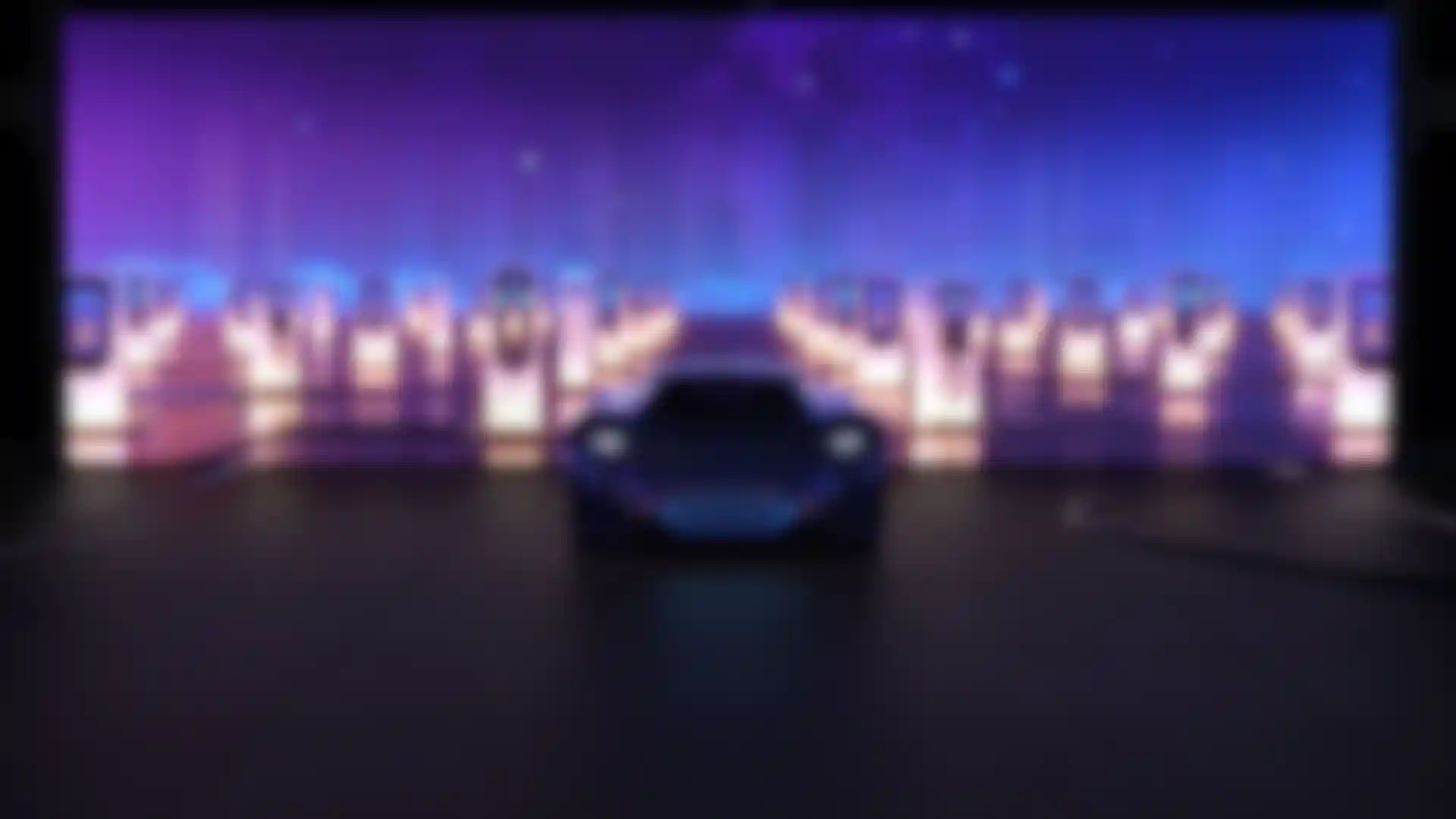
Pioneering the Future of Driving Blynk explains how they used 3D animation to visualize the evolution of cars.
The team at Blynk, an animation and video production studio in Hamburg, Germany, often uses 3D animation to visualize future-facing customer experiences and technologies for clients like Airbus and dSPACE.
Recently, they created two short films for dSpace, Autonomous Driving Vision and E-Mobility, to demonstrate how the company’s pioneering automotive technology is helping to shape the autonomous and electric driving experiences of tomorrow.
We talked with Blynk’s Founder and Managing Director Ruben Riegamer and 3D Artist Nils Harder about how the studio’s 10-person team of designers and artists used C4D, Adobe Creative Suite, X-Particles, Redshift and Octane to create both short films.
Please tell us a bit about Blynk and the team behind this project.
Riegamer: I founded Blynk in 2012. Our focus is high-quality content production, and we have all the capabilities to realize projects in-house. We now have 15 people in our studio in Hamburg, Germany, and we all share a love for moving images. Our clients are very diverse, from carpenters and IT start-ups to automobile and pharmaceutical companies.
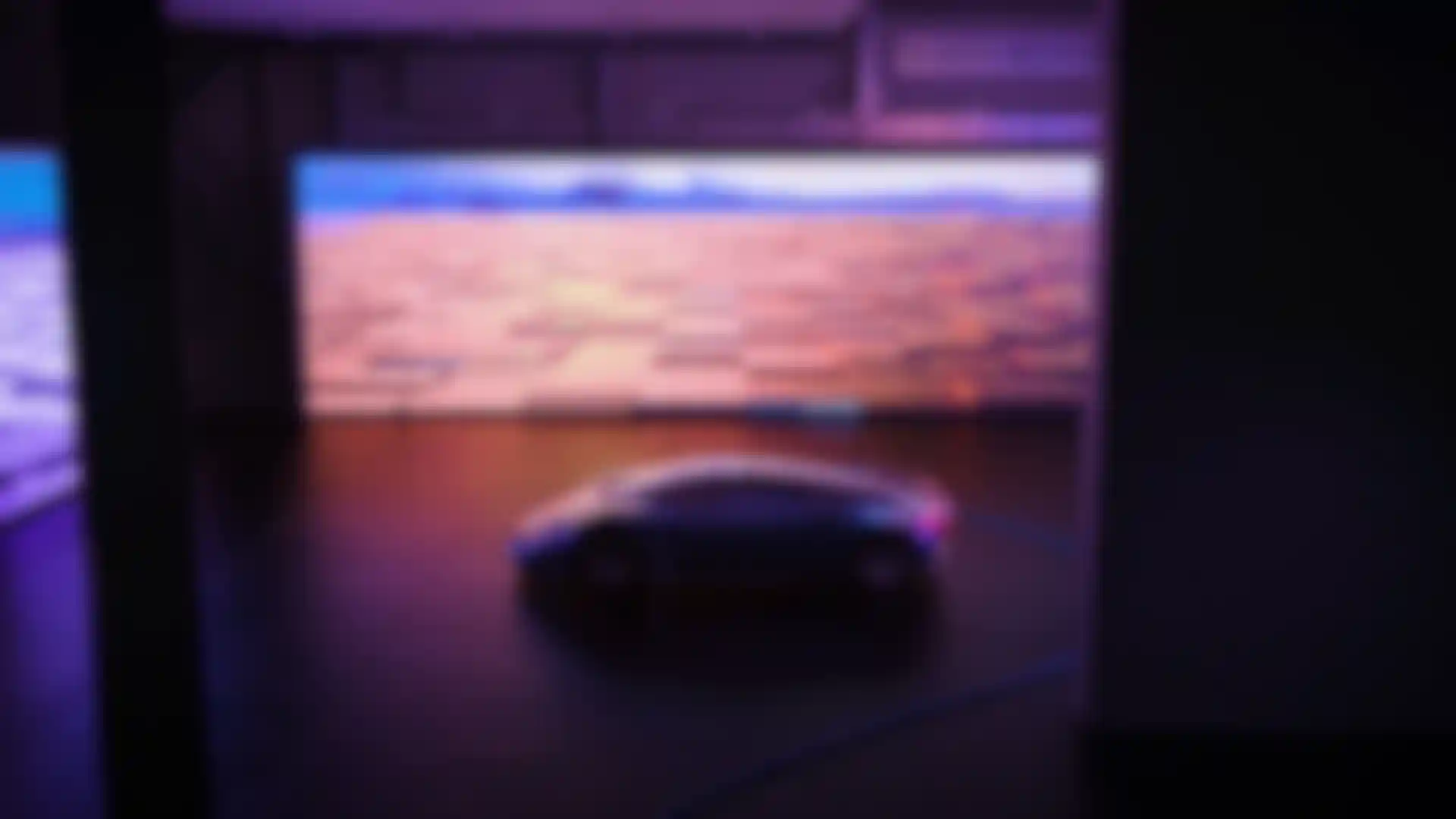
We had about ten people handling both of the films for dSPACE. I was creative director and together with our copywriter, Marc-Phillipp Kittel, developed both concepts and gave guidelines for the visual style. Our Lead 3D Artist, Nils Harder, was responsible for coordinating the overall workflow for the look and feel of every shot.
How did dSPACE come to you and what excited you about the opportunity?
Riegamer: dSPACE is a technology company that simulates and validates complex software systems needed for autonomous driving and e-mobility. Their lead agency saw our work for Airbus and recommended us as a creative partner for animation projects.
The brief was to create two marketing films that positioned dSPACE as a pioneering partner for the auto industry. Our entire team is very enthusiastic when it comes to future technologies, so we were excited and motivated by the chance to create aesthetic animations about the future of autonomous driving and e-mobility.
Describe your tools and workflow.
Harder: We used Cinema 4D and Adobe Creative Suite, mainly After Effects, as the main tools for the style frames and final production. X-Particles and C4D’s XPresso were used for some effects, with After Effects for compositing. We rendered the Autonomous Driving film with Octane, and we used Redshift for E-mobility.
We began by exploring visual moods and structure. Then, we created style frames on specific topics, such as future city, digital world vs. physical world, future traffic, bounding boxes, server racks and motherboard. We ran some tests to ensure the concepts worked and with approval from the client, we began the production phase.

dSPACE provided us with CAD models of charging stations and server racks, as well as UIs of their testing instruments. We also licensed specific elements and rebuilt them in Cinema 4D. Splines, cloners, deformers, textures and volumetric lights were helpful for creating environmental elements and details.
Through the combination of Cinema 4D and Redshift we always had visual live feedback in the viewport, which helped us judge the lighting faster and better. Our ability to see the different passes in the viewport was also an advantage that sped up our workflow considerably.
What were the challenges of visualizing autonomous technology?
Riegamer: The challenge was to communicate complex tools and testing procedures in an understandable and emotional way. We had to visualize the benefits of product offerings and solutions that included sensors, AI training, simultaneous scenario testing and cloud computing.
Harder: It was difficult to make specific elements look data driven. To visualize those, we created small particles aligned on a spline in C4D with cloners and deformers. The bright particle streams were created with X-Particles and the hex grid on the background was created in After Effects.
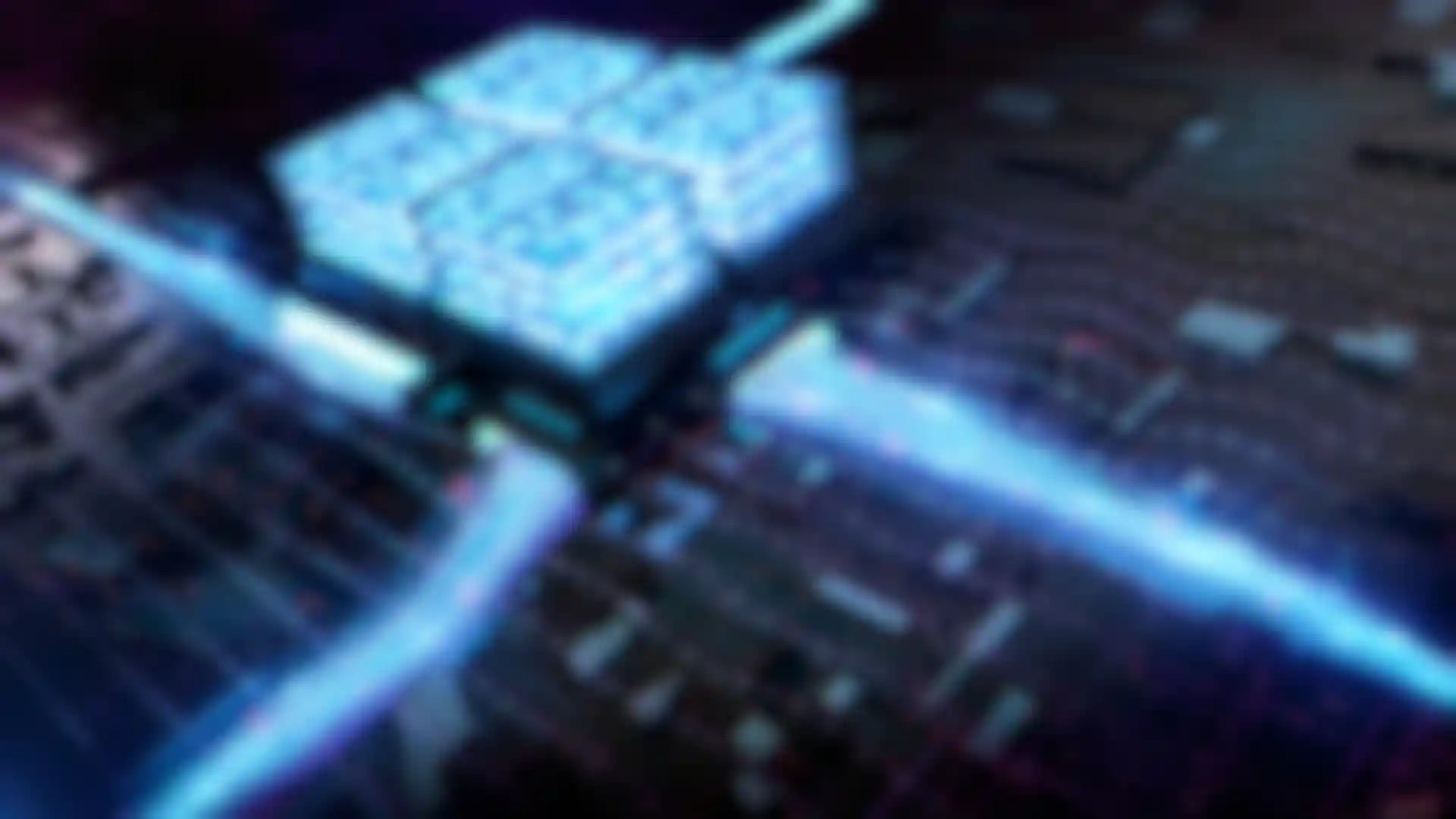
We made that a moving texture in Cinema 4D, and the magenta particles with the texts were mainly created in After Effects, using the plugin AEC4D, a very practical tool, which transfers the camera and selected layer from Cinema 4D to After Effects at the push of a button.
It was also a big challenge to visualize a data-driven car, focussing the eye on data and particles and not on the vehicle. We used X-Particles for the free-floating elements in the scene, and we created the particles with several textures that we projected onto the car. The shot took several render passes, which were combined in After Effects. Cinema 4D’s Take System helped us a lot to automate render passes.
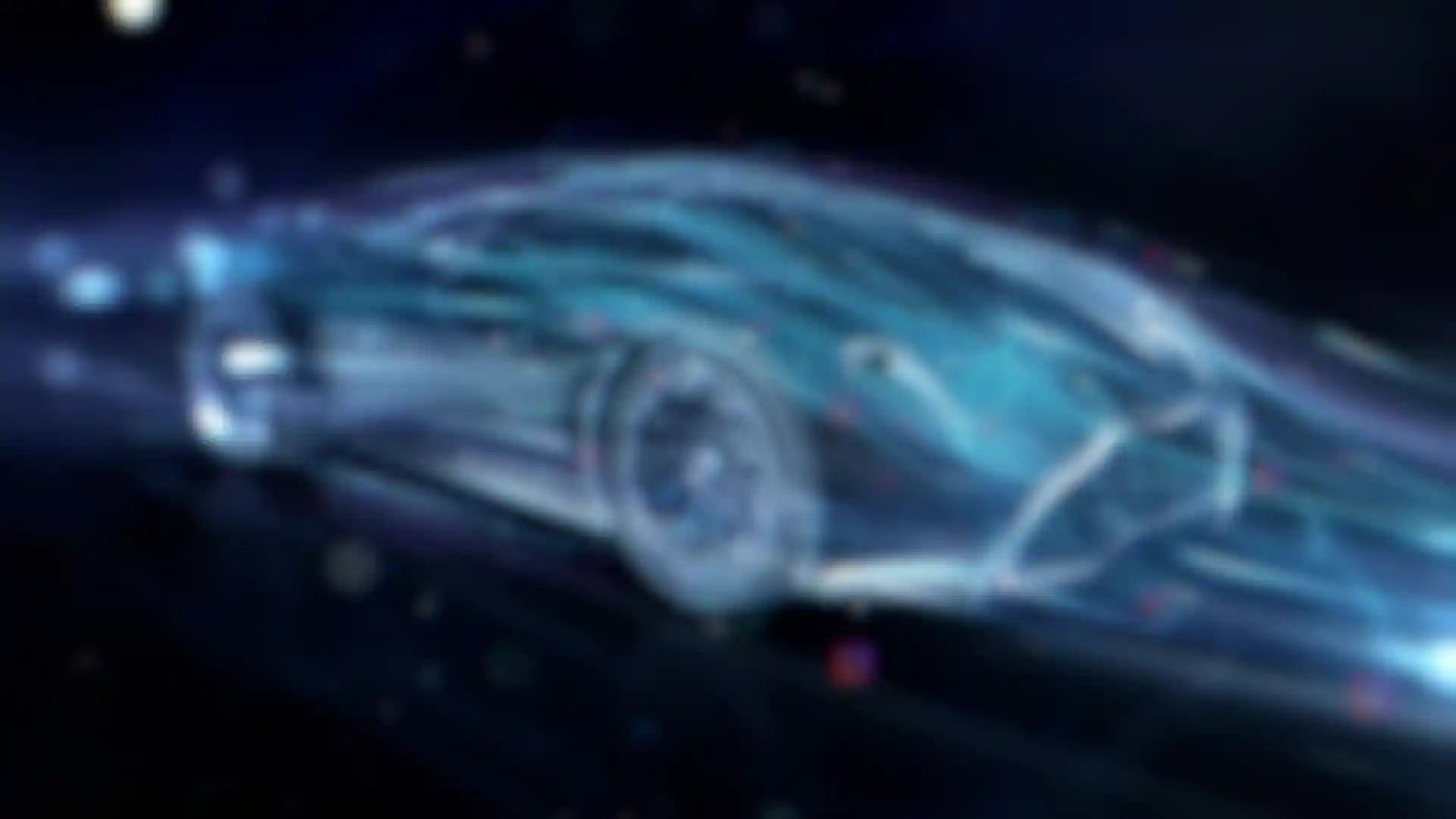
How did you approach the making of E-mobility?
Harder: We decided on the conceptual approach of staging the car standing still in a lab-like space, and we created the feel of movement and speed using animations on an LED wall.
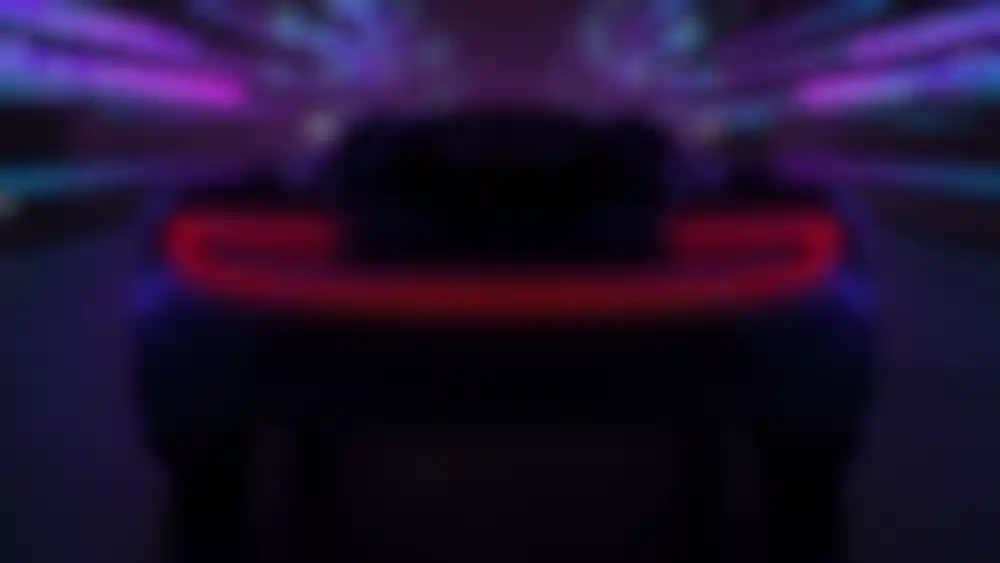
We used C4D’s XPresso tools to create the effect of particles of electricity and data flowing around the car. The small glowing particles were made using a cloner moving small spheres along a spline. We also duplicated the LED screen with the spline animation on it, and moved it to a position where the reflections on the car paint would create a nice silhouette of the car.
We tested the concept to find out if the pre-rendered videos for the LED areas within Cinema 4D would physically create correct reflections on the car's paint and it worked wonderfully.
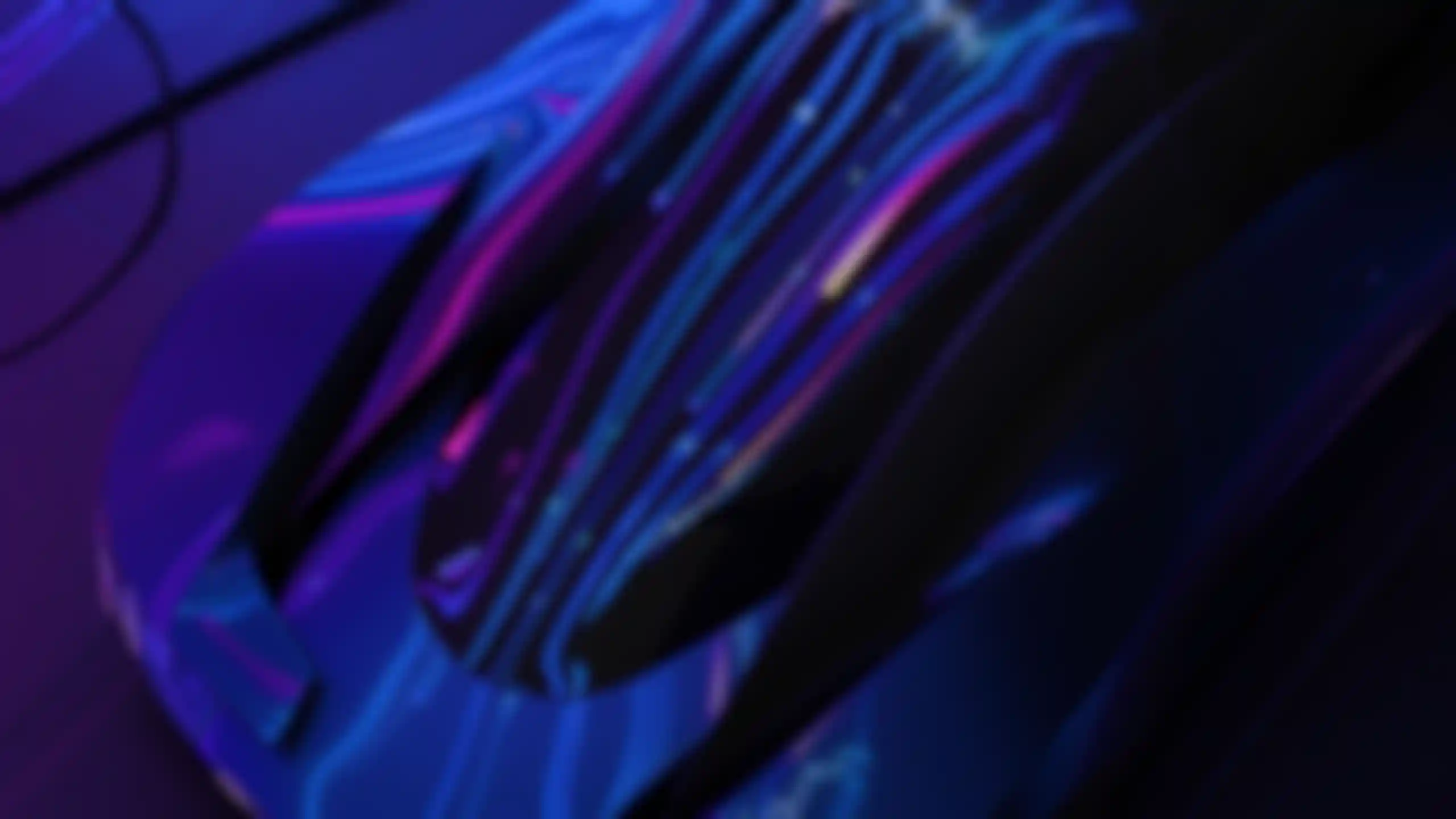
What was the response to your work?
Riegamer: The dSPACE team was very appreciative from the beginning and showed a high level of trust in us. They were always very enthusiastic and gave us a lot of freedom when it came to storytelling and visualization. We formed a bond after completing this project, and we’ve gone on to produce more elaborate films and visualizations for them and we’re talking about more projects.
What are you looking forward to next?
Riegamer: Our motion design department has developed a strong focus on future technology. To better position ourselves in that area, we founded Plukk, a design-oriented studio that specializes in motion graphics and interactive digital experiences.
CREDITS:
Autonomous Driving Vision
Creative Direction: Ruben Riegamer
Concept: Ruben Riegamer, Marc-Philipp Kittel
Design/ Styleframes: Renato Klieger
3D Lead: Nils Harder
3D Artists: Nils Harder, Benedikt Zeiss, Joey Dean, Jörn Engelke
Compositing: Christian Heyde
Composition & Sound Design: Gordian Gleiß
Voice Over: Nick Bolton
E-Mobility
Creative Direction: Ruben Riegamer
Concept: Ruben Riegamer, Marc-Philipp Kittel
Design/ Styleframes: Matteo Forghieri, Nils Harder
3D Lead: Nils Harder, Matteo Forghieri
3D Artists: Nils Harder, Benedikt Zeiss, Joey Dean
Compositing: Timo Frank
Composition & Sound Design: Gordian Gleiß, 86 Tales
Voice Over: Nick Bolton